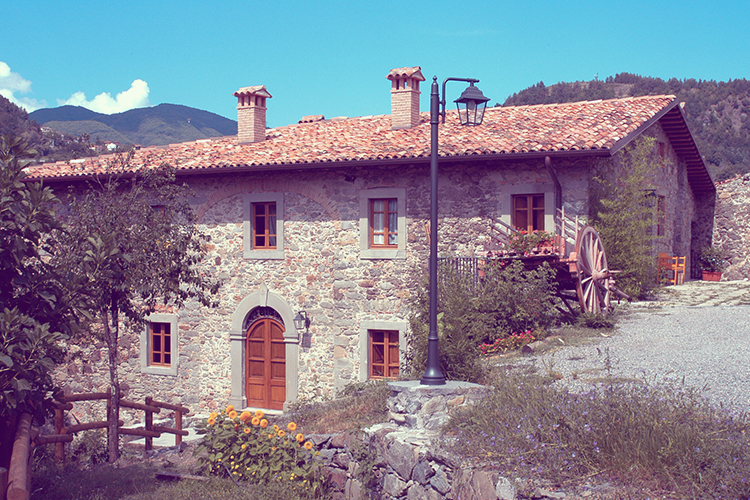
The gallery was born from a town redevelopment project by Cosimo I de’ Medici, young Tuscan gentleman who, after moving in 1540 to the Palazzo Vecchio, the seat of government, ordered the construction of the building that would house the most important government departments. This building was the Uffizi (offices). It was built by the painter and architect Giorgio Vasari, who began work in 1560. At the couple Cosimo I de ‘Medici-Vasari followed then that the Grand Duke Francesco I and Bernardo Buontalenti, which together with Alfonso Parigi, realized the Uffizi factory. Francis I decided to devote the lodge space on the top floor of Offices at the Gallery, where they would be put ancient statues and portraits of the de’ Medici family and famous men.


Masterpieces that pay tribute to Italian art and not only, in fact, in 1565 Vasari built a corridor (the so-called Vasari Corridor) with the function of linking the offices of the Medici family in the current Gallery and the Pitti Palace, then the residence of the family through Ponte Vecchio, and he decorated the walls with works by Guido Reni, the Carracci, Artemisia Gentileschi.
The presence of important collections of German, Dutch and Flemish painters, including Dürer, Rembrandt, Rubens, Van Dyck, Velázquez, and the famous collection of self-portraits of the artists even more value to this already charming place.

This innovative architectural structure appears as a suspended passage environment; one kilometer long and rather narrow, it is surprising for the scenic view of the Arno and the Church of Santa Felicita. With the construction of The Uffizi Gallery, Giorgio Vasari, Medici’s favourite artist and key figure Artist of the initiatives promoted by the Florentine family, has left an indelible imprint of his artistic versatility and needless to say that the visit to the gallery is a must for those who wish to experience the Tuscan city and the richness of Italian heritage.




